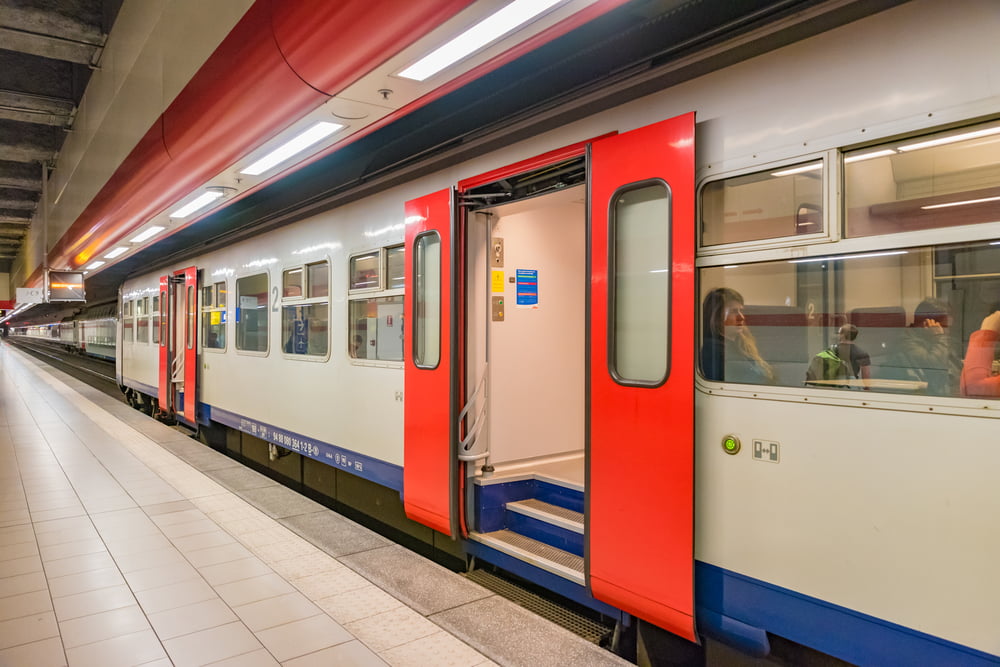Prepare your journey well and consult the NMBS app.
During the summer months, the warm weather during your train journey to the cooling Ostend or one of the other seaside resorts can have an impact on train traffic. As a train passenger, you can take some precautions. In very nice weather and when major events are taking place, certain trains and stations can get crowded. If a passenger has become unwell due to the heat, it is best to inform the train conductor or station staff immediately.
Security personnel and stewards are present at the major stations to guide travelers to various trains. At the busiest times of the day, if a train arrives where there is insufficient space, access to the platforms may be prohibited and passengers may be directed to another train or, in the worst case scenario, no train at all can get off.
A few tips
Prepare your trip well and rconsult the NMBS app to see how busy it can be on the train you want to take. Vas far as possible avoid peak hours (arrival at the coast between 11 a.m. and 14 p.m. and departure from the coast between 17 a.m. and 20 p.m.). The main tip is drink plenty of water, both during your trip and throughout the day
extreme heat
The pantograph (the arm with hinges on top of the roof of the train) ensures that the train is supplied with power via the overhead wires. Due to the heat, the overhead wires tend to sag and expand a bit. This makes them more vulnerable and increases the risk of failure when the pantograph is dragged past them.
When the outside temperature rises above 35°C, the spore temperature rises even more. The construction under the tracks counteracts the expansion of the tracks, which creates a tension. Higher temperature increases the voltage with a greater risk of track deformation.




